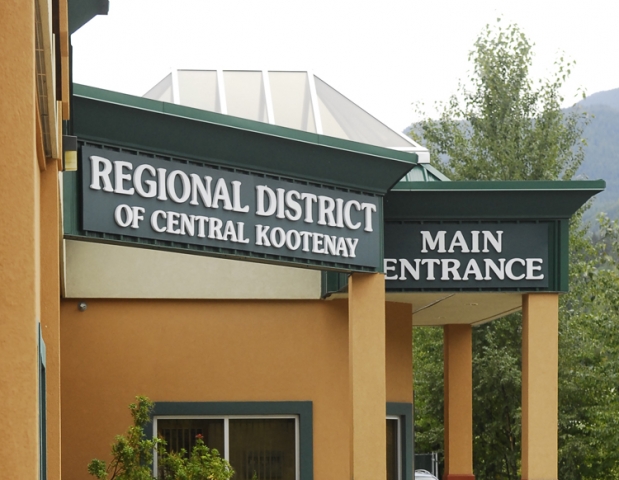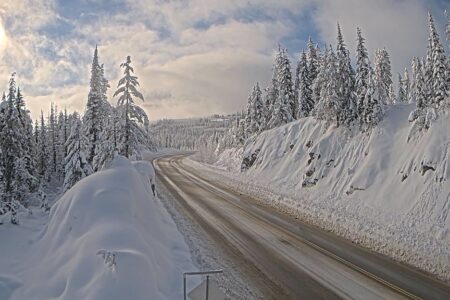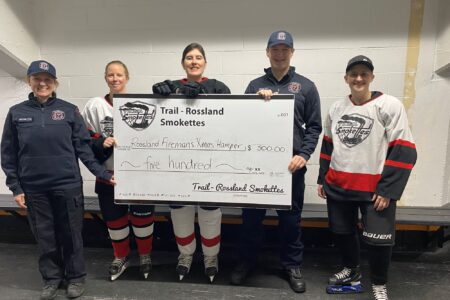RDCK directors give green light to annual five-year financial plan
During Thursday’s monthly board meeting, Regional District of Central Kootenay directors unanimously adopted its 2015 — 2019 Financial Plan.
The plan, requiring municipal government to have a plan that projects financial costs over a five-year period, continues to manage the surplus and reserve balances in each of the RDCK’s 160-plus services.
“I think things (in the RDCK) are in good shape,” Chief Administrative Officer, Stuart Horn told The Nelson Daily Thursday from his office on Lakeside Drive.
“The services are needing to reflect more what the true cost is,” Horn explained.
“We’re working on managing the surpluses in the reserves of the service and taxing residents for what it actually costs to run the RDCK.”
Horn said the total budget for the RDCK budget for 2015 is between $40-45 Million and sees an increase in general administration by 4 percent while rural administration remains the same as 2014.
“The primary reason for the increase was there was a surplus in past years that was being used in operations and those surpluses are slowly disappearing so then a tax is being needed to reflect that service,” Horn explained.
Horn said those administration costs include operating the Regional District’s Lakeside Drive office, cost for administration personal such as Corporate Officer, Chief Administrator all of our finance department, payroll and human resources.
“Primarily people costs,” he said.
Horn said the board also changed how the RDCK charges costs — operating, maintaining and delivering safe, potable water — to the approximately 20 water systems the district operates.
“The board has decided to allocate those costs,” Horn said.
“This year the board decided the water systems should pay for the costs associated with running those systems, which is the main reason for that increase.”
The RDCK installed a new water treatment system in Fauquier.
So Horn said, taxpayers in the Fauquier region are seeing a larger increase.
In rural areas, Area C in the Creston Valley saw the creation of a new fire service put into 2015 so there is now fire service into West Creston.
Horn said there is also general tax increases to the building service and planning and land use service.
“In some cases that represents a flat tax because the services are showing exactly what is needed on an annual basis,” Horn said.
“Some services are running off of surpluses, so as the surpluses disappear we need to adjust the taxation but those increases won’t be for long and on and once we get to the point where we will tax what actually costs to run the service I think those tax increases will disappear entirely.”
Legislation requires governments to send in a five-year financial plan every year which projects into the future what taxes and capital projects are going to look like and where operational costs are going.
Incorporated in 1965, the RDCK governs an estimated population of 60,000 residents.
The region consists of of 11 electoral areas (A, B, C, D, E, F, G, H, I, J, K) and nine member municipalities: Castlegar, Creston, Kaslo, Nakusp, Nelson, New Denver, Salmo, Silverton and Slocan.
The Financial Plan was adopted in a unanimous vote by Area Directors Thursday.
























